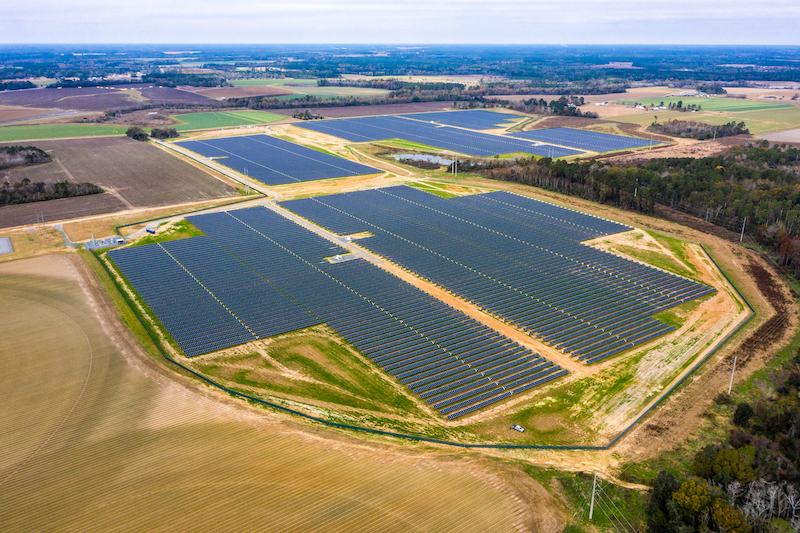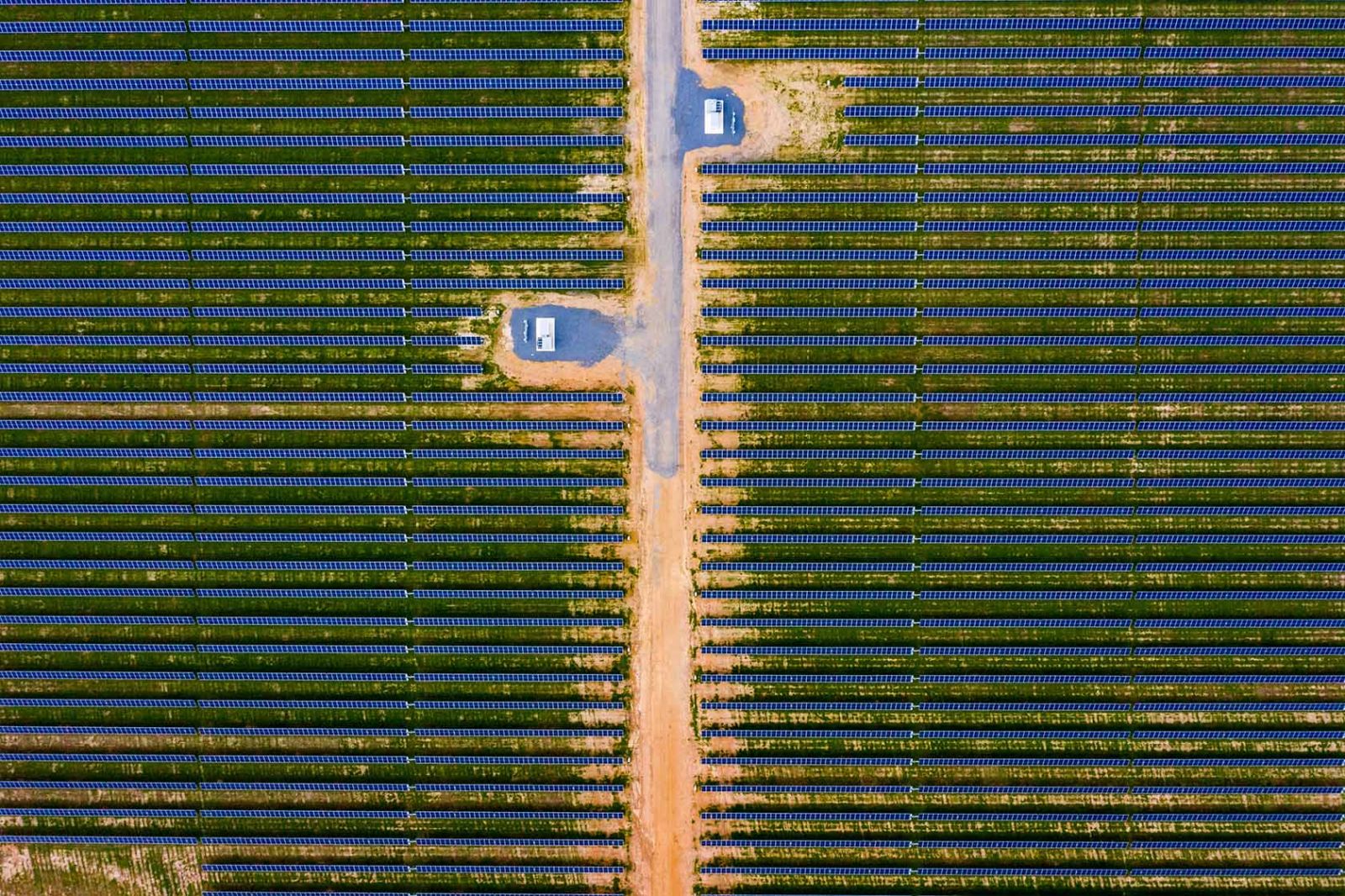Solar Roundup
 In response to climate change and the need for renewable energy sources, construction specialists are finding that a growing number of clients are diversifying into alternative options such as solar, hydroelectric, bioenergy, wind, and geothermal technologies. Solar power is currently the most established of all the low-carbon technologies. Many facilities are capable of generating double- and even triple-digit megawatts of power, enough to power entire communities. The Solar Energy Industries Association recently set a goal for the U.S. to generate 30 percent of its energy via solar power by 2030.
In response to climate change and the need for renewable energy sources, construction specialists are finding that a growing number of clients are diversifying into alternative options such as solar, hydroelectric, bioenergy, wind, and geothermal technologies. Solar power is currently the most established of all the low-carbon technologies. Many facilities are capable of generating double- and even triple-digit megawatts of power, enough to power entire communities. The Solar Energy Industries Association recently set a goal for the U.S. to generate 30 percent of its energy via solar power by 2030.
It’s an ambitious goal not too far out of reach, as solar facilities currently account for 46 percent of all new energy generating capacity in the U.S. In fact, the U.S. is currently ranked second worldwide for largest installed solar energy systems, with 3,322,162 solar power systems in place. These systems help drastically reduce the United States’ carbon footprint and create enough power for 23.3 million households. With this carbon emission reduction, 136 million metric tons of CO2 emissions are prevented, the equivalent to removing 30 million vehicles off the road, saving 15 billion gallons of gas.
A large part of these efforts is due to state mandates such as renewable portfolio standards (RPS), which require energy retailers in the U.S. to supply a certain percentage of electricity from renewable sources. As a result, many utilities companies are investing in sustainable energy solutions, and working on developing strategies to reduce their environmental impact.
Renewable solar energy uses the sun’s radiant heat and light to generate power that is naturally replenished and inexhaustible. Solar power is sourced through photovoltaic (PV) solar panels containing small PV cells made of semi-conductive materials that are installed in large, decentralized, ground-mounted installations, creating utility scale solar farms across the country. These PV modules use a range of technologies to harness the sun’s power, changing sunlight directly into electricity, generating voltage, and creating the ability of matter to emit electrons when bathed in light: known as the “photovoltaic effect”. Energy is created when cells are created from semiconductor materials; the sun’s rays hit the cells and loosen electrons from the atoms. The electrons then flow through the cells, creating electricity. Once the energy is converted to electricity, it’s distributed to the power grid on high-voltage lines for distribution and consumption.
Benefits of solar power are plenty, but the most well-known is reduction in greenhouse gas emissions. Energy from the sun reduces dependencies on coal and electricity, thus reducing CO2 emissions. Greenhouse gasses are known to trap heat and warm the planet, contributing to the greenhouse effect. This can increase temperatures and affect atmospheric composition. As a clean and renewable energy source (without relying on fossil fuels or other sources), solar power reduces these CO2 emissions. The International Energy Agency (IEA) states that solar power is tracking to set records for new global developments each year after 2022, with 125 GW new capacity average expected globally between 2021 and 2025. The goal is to continue toward this great reduction and, ideally, net zero emissions by the year 2050.

Significant world goals and emission reduction in line with the Paris Agreement are greatly spurring solar growth and capacity. According to the UN, solar trends are predicted to continue at staggering rates, serving not only as renewable energy sources, but also contributing to growing segments of global energy production. Almost half of emissions cuts must be in place by 2030 in order to create a lower carbon economy, and keep global warming below 1.5 C°. This huge milestone cannot happen if fossil fuel production doesn’t decline by approximately six percent per year between now and 2030.
We’ve seen the cost of solar energy generation fall dramatically over the past few years. Solar industry cost-reduction roadmaps and technological innovations will create higher-efficiency modules, further reducing the cost of materials, and positioning solar energy as unbeatable when compared to fossil fuels. After all, this positive impact on the environment and climate change is the future we hope to achieve.
Brad Hise is Operations Manager at PCL Construction, full-service construction specialists that cover industries around the world. Brad can be reached at [email protected].
PCL Construction | www.pcl.com
Author: Brad Hise
Volume: 2022 July/August











.png?r=4291)
